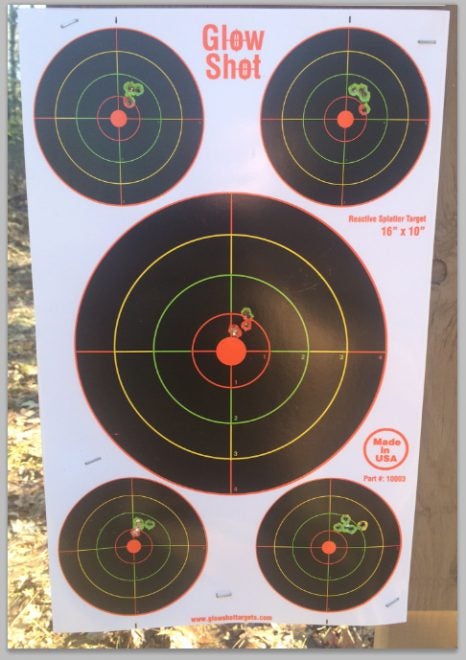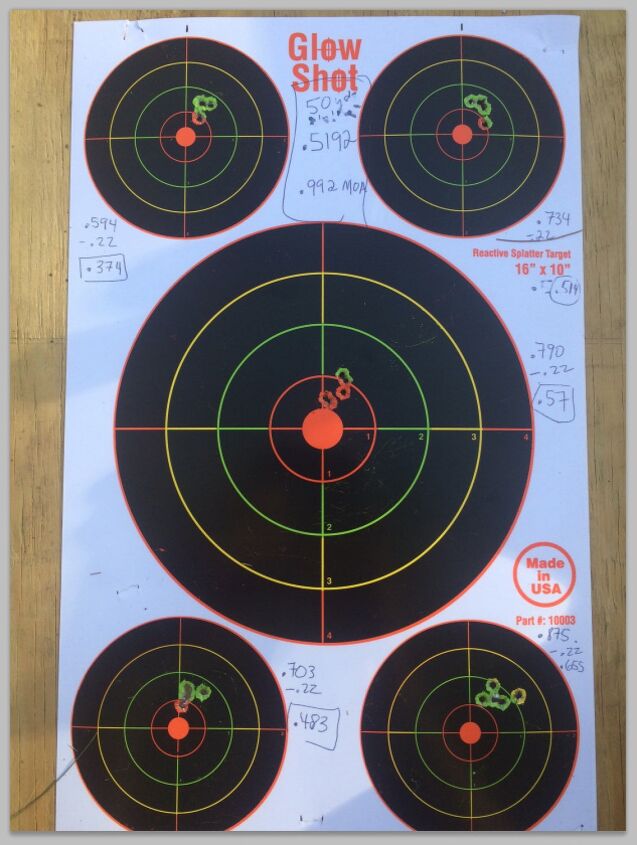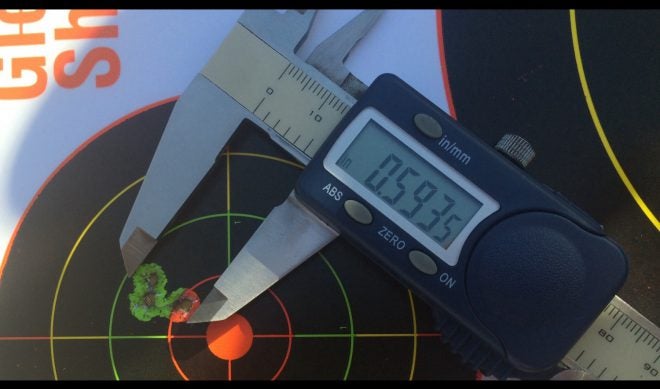Whether online or in person, we have all met that one shooter who claims their super special rifle (and finger) can shoot “1/4 MOA all day long”. First, ask them to explain the definition of MOA. After they stumble through some strange combination of MILs and MOA, they will probably head back to their bench grumbling. (Or they will just log off the internet for a few hours).
Thankfully there’s a call-out made for guys just like the one above. Made famous on forums like AR15.com and snipershide.com, the ‘MOA All-Day’ challenge is a way to say “prove it” to your loud mouthed buddy and his tricked out Remington 700.
MOA All-Day is a relatively simple test of rifle skills that can humble even the best of shooters. You see, whether they are embellishing their marksmanship prowess or not, most casual shooters rely on a single three-shot group to prove themselves worthy of the next sniper school call-up. But the problem with three shot groups is that they don’t encompass a large enough sample size to label a shooter and their rifle as sub-MOA.
The challenge is centered around a single sheet of paper with five targets (or simply dots) in which the shooter will shoot five, five-shot groups. Anything more or less than 25 rounds showing on paper disqualifies the target. And, before you start dusting off your ransom rest or shooting vice, MOA All-Day is meant to test the shooter’s skills, not the gun’s mechanical abilities. As such, there are some simple, yet particular rules that are required of each shooter.
Pick a rifle:
Almost any rifle will do, but the cartridge, action and optic types will determine the suggested distance at which you will shoot.
Pick a distance:
For the sake of brevity, I am going to simplify the rifle/optic/range competition.
Rimfire rifles – 25 yards for iron sights and 50 yards for any optics is the norm.
Centerfire rifles – 50 yards for iron sights and non-magnified optics. Rifles with magnified optics get pushed out to 100 yards.
Setup:
You can shoot in any position as long as you are in control of your rifle and are not relying on mechanical sleds, vices, braces and overly-large sandbags. Shooters can use a squeeze bag or small wedge to support the stock.
Other details:
All five groups must be shot in a reasonable amount of time in one day (i.e. not one group per day).
The distance you are shooting at should be verified with a range finder or known distance markings.
Pictures should be taken of your equipment setup in position, the range/distance with your rifle in the foreground, your target on the stand, the measurement of your smallest group and your target with MOA calculations written next to each grouping.
Groups should be measured from edge to edge, then subtracting the diameter of a bullet. For example, if the largest spread of a group for a .223 AR15 is 1.0″ (edge to edge) the group size is actually 1.0 – .224 = .776.
Don’t forget to list the details about your gun, optic and ammunition.
Helpful information:
1 MOA @ 100 Yards = 1.047″
1 MOA @ 50 Yards. = 0.5235″
1 MOA @ 25 Yards = 0.26175″
Example:


Results:
List your performance as follows –
Pete M., 10/22, Volquartsen bbl, Timney trigger, Hawke 8-32x, Eley 40gr hollow point :
.374″ + .514″ + .57″ + .655″ + .483″ AVG = 0.5192″ = (.5192/.5235) = .992 MOA
I wouldn’t brag about my skills based on this target, but at least it is MOA.
So, can you shoot MOA all day long?
CALL OUT: Nathaniel F., Nicholas C, Katie A., Alex C., Adam S., Tom R., Nathan S., Erik B., Miles V., Richard J., Rusty S., Pete M.*!
Not because any of you have made wild claims – I just want to see TFB trigger pullers pick their favorite rifle and punch some small groups.
(Why not Phil or Steve? That’s what I would call a no-win scenario for me – never call out the bosses.)
* I’m calling myself out on my 18″ .223 AR.
 Your Privacy Choices
Your Privacy Choices
